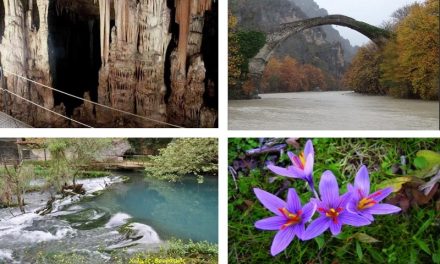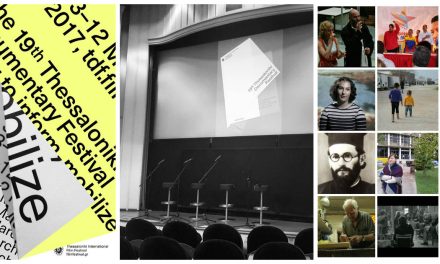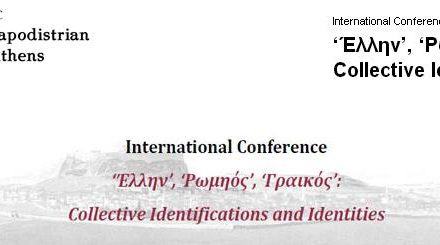During the 38th session of UNESCO’s General Conference (Nov 3-18), the 195 Member States unanimously agreed to ratify the creation of the “UNESCO Global Geoparks”. This new branding formalizes a relationship with Geoparks expresses governmental recognition of the importance of managing outstanding geological sites and landscapes in a holistic manner, promoting the conservation of the planet’s geological heritage, and encouraging sustainable research and development by communities concerned.
Aegean University professor and director of Lesvos Petrified Forest Museum,Nikos Zouros, who represented Greece in the Sciences Committee, noted that Greece already has five areas designated “World Geoparks of Unesco”. In a total of 120 Geoparks from 33 countries, the five Greek areas participating in the new programme are: the island of Lesvos, the areas of Psiloritis and of Sitia (in Crete), the national forest of Vikos-Aoos (in Epirus region) and the national park of Chelmos-Vouraikos (in northern Peloponnese).
While a UNESCO Global Geopark must demonstrate geological heritage of international significance, the purpose of a UNESCO Global Geopark is to explore, develop and celebrate the links between that geological heritage and all other aspects of the area’s natural, cultural and intangible heritages. In this context, UNESCO Global Geoparks strive to raise awareness of geo-diversity, as well as to promote protection, education and tourism best practices. Together with World Heritage sites and Biosphere Reserves, UNESCO Global Geoparks form a complete range of sustainable development tools and make an invaluable contribution to the realization of the 2030 Sustainable Development Goals by combining global and local perspectives.
See also: Yet another Greek entry on UNESCO list, 1 million visitors @ Petrified Forest and Geoparks in Greece
Watch video: Let nature take you on a journey around Greece
TAGS: HERITAGE













